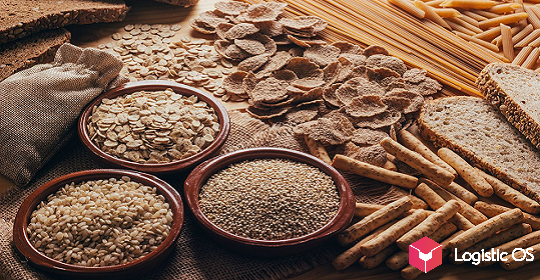The Russian Ministry of Agriculture believes that the area under buckwheat this season will again amount to about 1.2 million hectares.
Experts expect that this year buckwheat production in Russia will not decrease, and may even, on the contrary, increase. Several factors will contribute to this.
Firstly, buckwheat is a socially significant product, therefore the Ministry of Agriculture is obliged to monitor its availability in stores and prices. This season, however, neither one nor the other is a cause for concern.
Secondly, farmers have been drawing up future sowing maps since the fall and purchasing fertilizers and personal protective equipment for them. The plans included sowing buckwheat in the same area that it occupied a year ago, so it is unlikely that there will be a downward revision.
But they are quite capable of increasing buckwheat crops.
Since this crop has a late sowing time, it is often used as a “backup option” if crops sown earlier die for some reason. As a rule, buckwheat is sown in June, and it has time to ripen before the beginning of autumn.
This year, reseeding may be especially relevant, because due to the May frosts in Russia, according to various estimates, up to 1 million hectares of various crops died.
At the same time, early to mid-May is already quite late in the farmer’s calendar, and most crops sown at this time may not have time to bear fruit. Buckwheat becomes an excellent option in this regard.
However, one of the factors that can reduce the motivation of farmers to deal specifically with this crop may be declining prices for buckwheat.
In the spring of 2022, this crop cost about 60 thousand rubles per ton, but now we see that there has been a decrease several times: to 15-17 thousand rubles per ton.
Taking into account this, as well as the fact that carryover stocks of buckwheat in the amount of up to 300 thousand tons are still stored in warehouses, farmers may not want to invest in buckwheat.
By the way, this volume of reserves is a record and accounts for almost half of the total volume of buckwheat consumption in Russia, which is estimated at about 600 thousand tons per year.
Another disadvantage of this crop is that it is practically not exported due to the lack of demand abroad.
At the same time, farmers do not expect prices for buckwheat to rise in the near future, so in general its production volumes should remain at the same level, analysts emphasize.
If the harvest turns out to be lower than last year’s, this may even have a positive impact on the market, as it will increase prices and margins for buckwheat.

